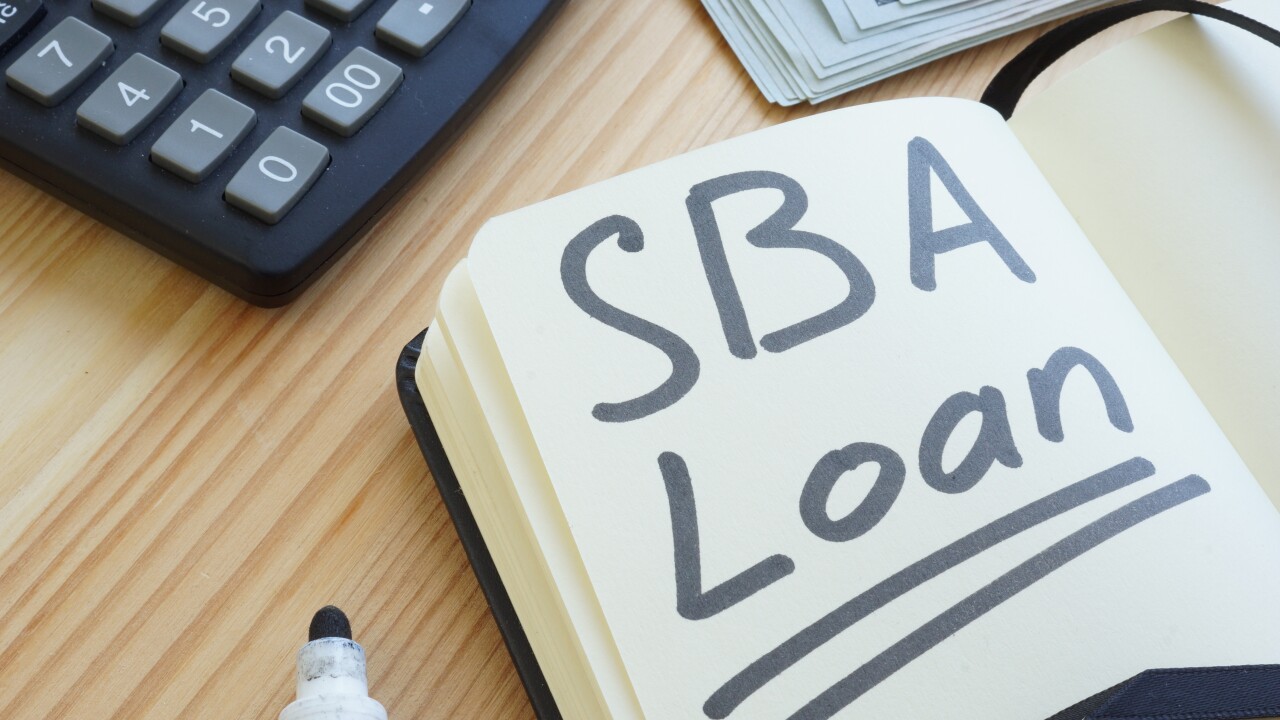San Francisco is learning through trial and error how to reach the unbanked.
The city treasurer’s office has spent more than a decade working with nonprofits to get more residents to use local banks rather than rely on payday lenders and check-cashing firms for financial services.
San Francisco’s Bank On program has notched some wins since its 2006 creation. The city’s unbanked rate fell from 5.9% in 2011 to 2.1% in 2015. (The FDIC releases data every two years.)

Still, challenges exist.
The city’s underbanked rate, for instance, increased from 12.3% in 2011 to 16.5% in 2015.
San Francisco’s experiences, and its continuing efforts to improve outreach,
“What’s really key to our work going forward [is] ensuring that people feel they can trust financial institutions and they can trust the financial system itself,” said Sean Kline, director of the city’s Office of Financial Empowerment.
“We still have a lot of work to do,” Kline said, adding that the city’s charge goes beyond connecting people to a bank. Rather, the goal is to match residents with the right bank accounts.
San Francisco’s program is closely tied to a prior initiative that allowed low-income residents to earn tax credits. Roughly 10,000 people qualified for the credits, creating a question as to where they would deposit those funds.
That sparked an idea — the city could use its voice, similar to how it spread the word about the tax credit program — to persuade people to use banks.
Several banks signed on, including Wells Fargo, Bank of the West and Union Bank.
Bank of the West, a unit of BNP Paribas in France, created a program called Fresh Start that was “much more flexible” than the bank’s basic checking account, said Jenny Flores, the $84 billion-asset bank’s head of community affairs.
Customers must deposit at least $100 to open an account. There are no overdraft fees for negative balances of $5 or less, though the bank charges $35 if depositors go beyond that amount.
Other banks went a step further by completely eliminating overdraft fees.
MUFG Union Bank, part of Mitsubishi UFJ Financial Group in Japan, has an account that doesn’t let depositors overdraft, said Julius Robinson, the $116 billion-asset bank’s head of corporate social responsibility for the Americas. “Our plan would be to continue this access into what I now understand will be phase two of the Bank On program,” he said.
San Francisco has faced some hurdles along the way, including difficulties getting people to trust a bank. The Wells Fargo phony-accounts scandal didn’t help; the city responded in September by removing the $1.95 trillion-asset company from the Bank On program.
Such a scandal “really undermines our residents’ trust in this institution and the system more broadly,” Kline said.
Another issue has been the rising underbanked rate.
It is possible that previously unbanked San Franciscans are still using check-cashing services and payday lenders even though they have opened a bank account, said Mehrsa Baradaran, a law professor at the University of Georgia.
People who live on the margins use “a variety of financial products,” she said.
Another factor could be the use of money orders to pay bills, said Tim Yeager, a banking professor at the University of Arkansas and former economist with the Federal Reserve.
About a quarter of underbanked households nationwide rely on nonbank money orders, the FDIC found in its 2015 study.
The next phase of San Francisco’s program will focus more on underbanked residents. According Bank On’s website, the relaunch will include a new website, more partnerships and additional “tools for consumers and service providers.” More marketing is also planned.
The national Bank On programs certifies banks with consumer-friendly accounts that regulate fees and require customers to have ATM access, among other things.
“Our call of action is to help make sure there’s a safe place" for the underbanked to go, Kline said.





